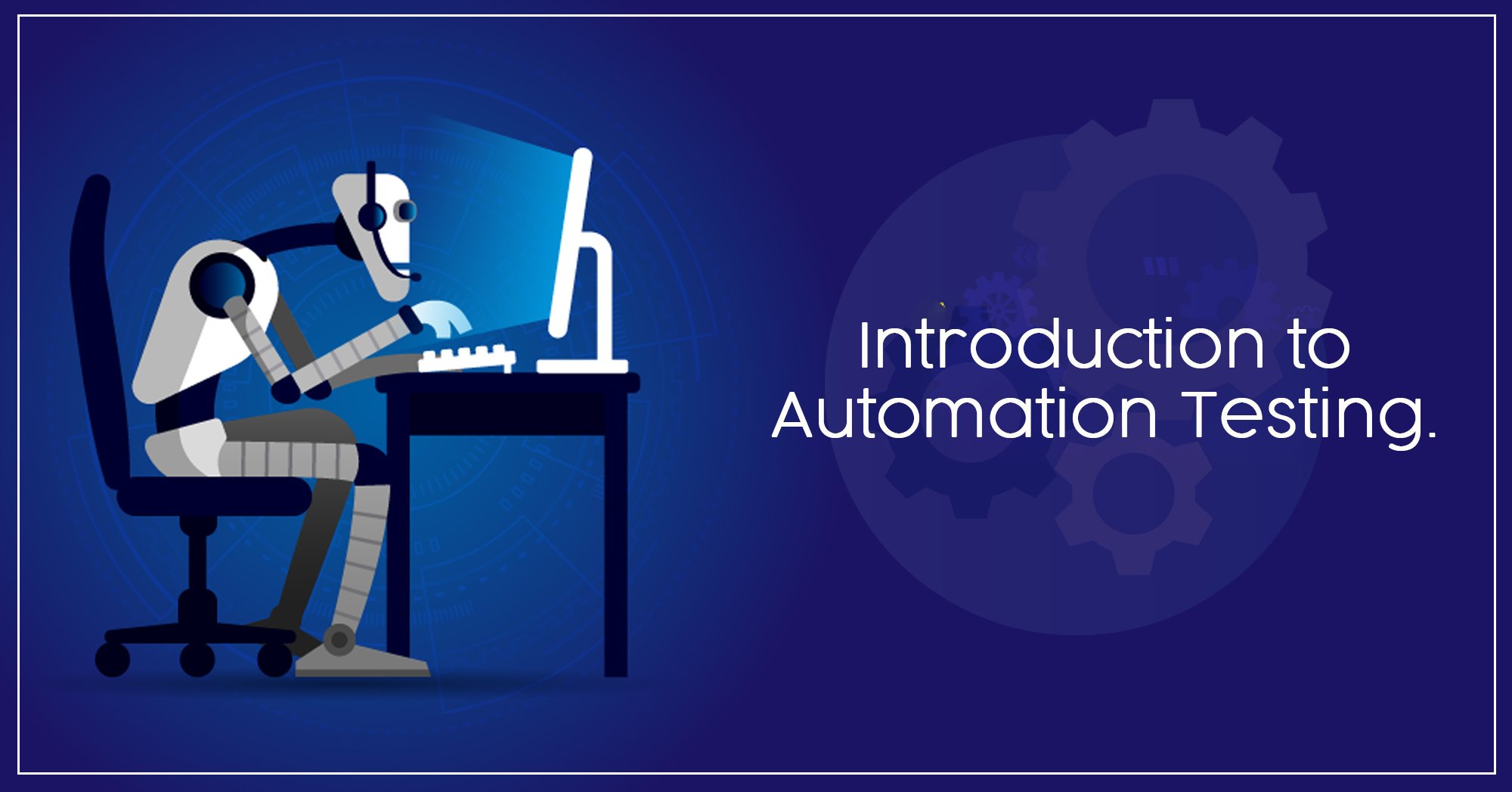From Guidebook to Automated Screening: A Comprehensive Overview to Transitioning Efficiently and Properly
In the realm of software program testing, the change from handbook to automated processes has actually become a significantly crucial transition for companies seeking to boost performance and precision in their screening methods. The trip from guidebook to automated screening is not without its obstacles, yet when come close to purposefully and with a clear strategy in mind, the benefits can be significant.
Benefits of Automated Examining
Automated screening offers various benefits, boosting performance and accuracy in software advancement processes. Automated examinations can be run all at once on numerous devices and operating systems, considerably speeding up the screening stage contrasted to hand-operated screening.
In addition, automated screening ensures a greater level of accuracy in spotting problems. Considering that automated examinations comply with predefined manuscripts, human error is lessened, causing more reputable examination outcomes. Consistency in testing is also improved, as automated tests execute the very same actions specifically each time they are run. This uniformity is vital in making certain that all capabilities of the software program are completely evaluated, decreasing the possibility of undetected bugs sliding via to production.
Selecting the Right Devices

To start with, analyze your needs and purposes. Recognize the extent of your job, the modern technologies included, and the ability of your team. This analysis will certainly aid you establish the attributes and capacities you need in your testing devices.
Second of all, take into consideration the compatibility of the devices with your existing processes and systems. Seamless assimilation with your existing software application advancement lifecycle is important to guarantee a smooth transition to automation.
Furthermore, evaluate the scalability and versatility of the tools. As your testing needs advance, the tools should be able to adapt and accommodate changes properly.
Last but not least, aspect in the support and area around the tools. When applying automated screening, robust assistance and an active individual community can give beneficial sources and assistance. By meticulously thinking about these aspects, you can choose the right tools that line up with your needs and set the phase for a successful transition to automated screening.
Creating Efficient Examination Manuscripts

When crafting test scripts, it is vital to think about the specific needs of the software application being tested and make sure that the scripts resolve all vital functionalities. Clear and detailed calling conventions for test manuscripts and test instances can enhance readability and maintainability. In addition, incorporating mistake handling devices within the test manuscripts can help in determining and addressing problems quickly.
In addition, organizing examination manuscripts into modular elements can boost reusability and scalability, decreasing redundancy and boosting efficiency in test manuscript upkeep. Regular evaluations and updates to test scripts are critical to equal advancing software demands and capabilities. By adhering to these principles, testers can produce durable and reliable examination manuscripts that contribute considerably to the success of automated screening procedures.
Integrating Automation Into Workflows
By perfectly incorporating automated screening tools like Selenium or Appium right into the software development lifecycle, groups can accomplish faster feedback on code adjustments, leading to quicker bug discovery and resolution. This combination permits for constant screening throughout the advancement procedure, making sure that any problems are identified early on, resulting in greater software quality. Proper assimilation of automation devices requires collaboration in between development, testing, and procedures teams to develop a unified operations that maximizes effectiveness and performance in providing high-quality software application items.
Guaranteeing a Smooth Change
Successfully transitioning to automated testing entails meticulous planning and cautious implementation to lessen interruptions and make the most of performance in the software program advancement procedure - automation testing. To guarantee a smooth change, it is important to start by carrying out a detailed assessment of the present testing procedures and recognizing locations where automation can bring one of the most significant benefits. Involving with all stakeholders at an early stage at the same time, consisting of designers, testers, and project managers, is essential for gathering support and buy-in for the automation effort
Communication is crucial throughout this transition phase. Clear communication of the goals, benefits, and expectations of automated testing aids to manage any kind of resistance or concerns that might emerge. In addition, giving ample training and click reference sources for team members to upskill in automation devices and strategies is essential for making certain an effective change.

Final Thought
In verdict, transitioning from handbook to automated screening supplies countless benefits, including enhanced effectiveness and dependability. By picking the ideal devices, writing effective test scripts, and integrating automation perfectly into operations, companies can ensure a successful and smooth transition. It is vital to accept automation as an important possession in software application testing processes to improve overall quality and productivity.
In the realm of software testing, the shift from manual to automated processes has actually come to be a significantly crucial shift for organizations seeking to enhance efficiency and precision see in their screening methods. Automated tests can be run simultaneously on multiple tools and operating systems, drastically speeding up the screening stage compared to manual screening. Uniformity in testing is also boosted, as automated examinations perform the same actions exactly each time they are run.To guarantee the effective execution of chosen screening tools, the production of efficient test manuscripts plays an important function in validating the capability and performance of automated procedures - automation testing. By complying with these principles, testers can develop efficient and robust examination manuscripts that contribute significantly to the success of automated screening processes